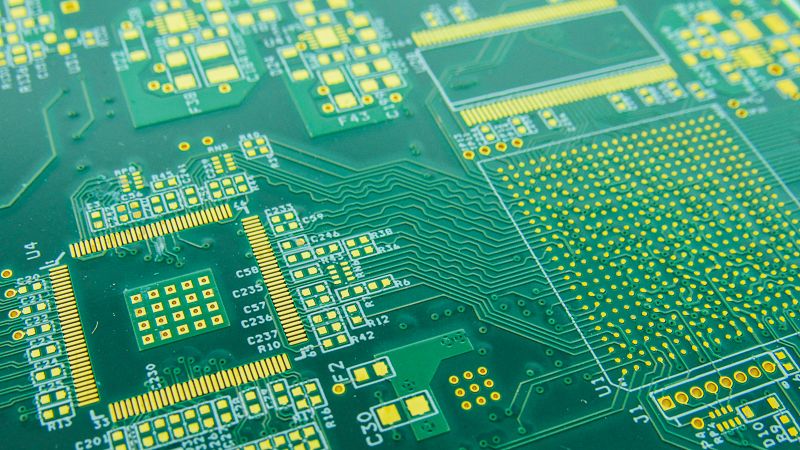Standard Multilayers in the Global PCB Market: Trends, Opportunities and Competitive Analysis 2023-2028
The global market for Flexible Printed Circuit Boards estimated at US$12.1 Billion in the year 2020, is projected to reach a revised size of US$20.3 Billion by 2026, growing at a CAGR of 9.2% over the analysis period.
The global PCB market is set to experience a profound transformation with the ascent of standard multilayers, offering a promising landscape for growth across a range of sectors including computer/peripheral, communications, consumer electronics, industrial electronics, automotive, and military/aerospace.
Projections indicate that the standard multilayer segment within the global PCB market is poised to achieve a remarkable market valuation of $32.5 billion by 2028, driven by a robust Compound Annual Growth Rate (CAGR) of 5.1% from 2023 to 2028.
Key Drivers of Growth:
The remarkable growth prospects of the standard multilayers market are underpinned by significant drivers including:
Intricate Applications:
The escalating utilization of PCBs in intricate applications such as smartphones and handheld devices, characterized by their compact size, enhanced durability, single point connection, and lightweight construction, is a pivotal growth driver.
Standard Multilayers in PCB Market Segmentation:
The comprehensive study encompasses various dimensions of the global standard multilayers market within the PCB industry, encompassing segments such as:
Product Type:
·Layer 3-6
·Layer 8-10
·Layer 10+
End-Use Industry:
·Computers/Peripherals
·Communications
·Consumer Electronics
·Industrial Electronics
·Automotive
·Military/Aerospace
·Others
Market Insights and Growth Opportunities:
Key insights and growth opportunities within the global standard multilayers market encompass:
·The layer 8-10 segment is projected to witness the highest growth during the forecast period, attributable to the increasing utilization of these circuit boards in compact and space-saving devices.
·The computer/peripheral segment is expected to exhibit substantial growth during the forecast period, driven by the expanding applications of these PCBs in computers.
·The Asia-Pacific region is set to retain its position as the largest region due to robust growth in the consumption of consumer electronic devices and soaring demand for PCBs in China.
